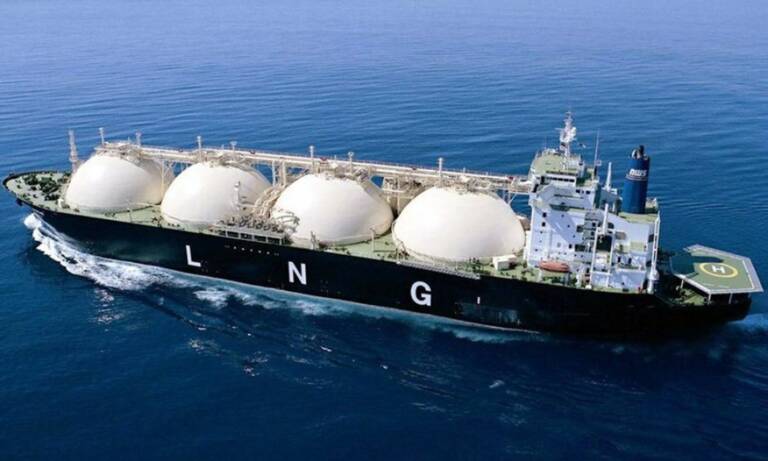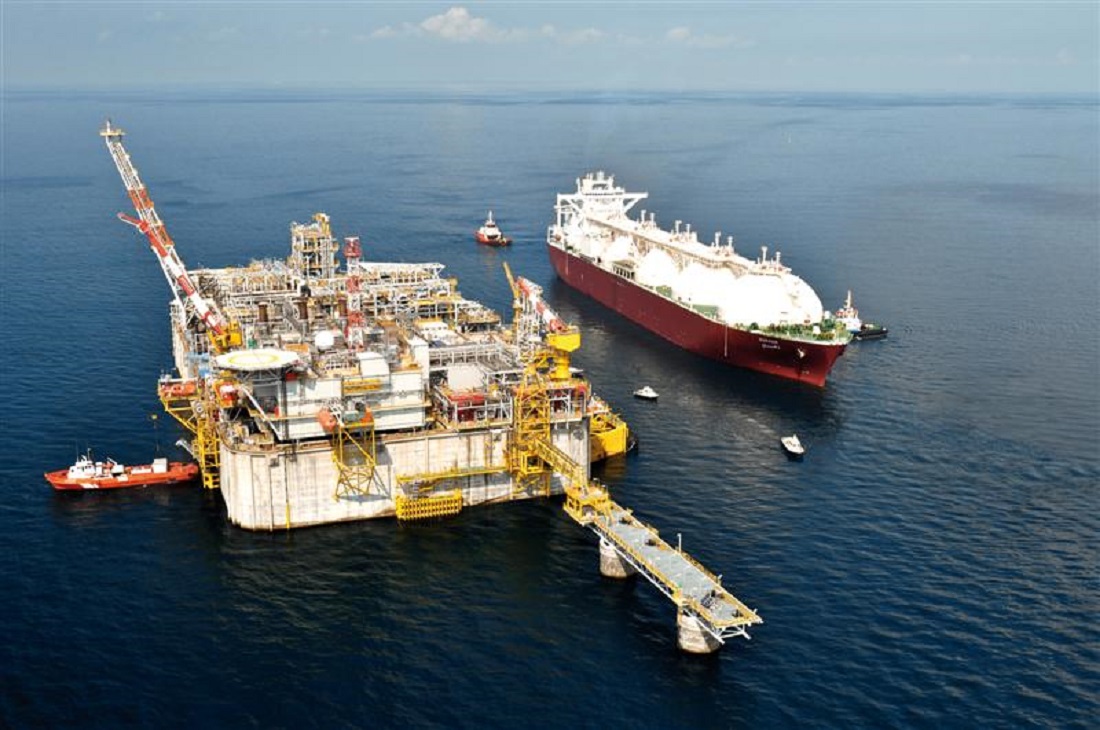Panama Canal: a bottleneck affecting the global LNG market

In March, S&P Global reported that a record 24 cargoes carrying nearly 1.6 million metric tons of U.S. LNG had reached Asia via the Cape of Good Hope in the first three months of 2024, with exporters choosing the much longer route and had avoided the Panama and Suez canals due to various challenges. S&P reported that only 14 cargoes reached Asia via the Panama Canal in the period in question, a sharp decline from the 40 cargoes recorded in the corresponding period of 2022, after low water levels caused by a severe drought caused imposed longer waiting times for LNG carriers.
The situation remained dire in April, with LNG transits through the canal's Neopanamax locks accounting for less than 5% of crossings, while container ships accounted for more than 60% of transits.
“We use the channel when it is convenient to do so, at the moment it is not. Right now the market in the Far East does not support it and the wait time, since we are not a priority customer, is not worth using at this time,” Corey Grindal, Chief Operating Officer of Cheniere Energy , previously told a media briefing. Cheniere Energy is the largest producer and exporter of LNG in the United States.
Fortunately, that is about to change: The Panama Canal is currently in talks with U.S. LNG producers to meet increased demand for crossings as water levels recover, Reuters reported. Canal authorities are working with shippers to secure more passages for LNG customers, with plans to build water tanks as a solution to mitigate shortages related to climate change.
Last year, Europe accounted for 66 percent of total U.S. LNG exports, followed by Asia with 26 percent and Latin America and the Middle East with a combined eight percent. However, Cheniere is very optimistic about Asian LNG demand, despite some countries with large gas-based economies currently being hampered by negative credit ratings.
“They tend to rely more on agreements between states. Obviously it's not something we can participate in. We see Thailand and the Philippines as very interesting markets,” Chief Commercial Officer Anatol Feygin told Reuters. Feygin predicts that China will import 100 million metric tons per year in the future, up from about 64 million metric tons in 2022.
Robust LNG growth
Last year, the United States surpassed Qatar to become the world's largest LNG exporter, for the first time in the industry's history. This development came in the wake of the country's emergence as the world's largest producer of crude oil.
LNG prospects remain bright: The US Energy Information Administration (EIA) forecast that LNG exports will increase 2% in 2024, reaching an average of 12.2 Bcf/d, despite the slowdown in natural gas production at due to low prices. The EIA expects stronger growth with exports rising 18%, or 2.1 Bcf/d more. Meanwhile, the energy watchdog forecast less impressive growth for U.S. pipeline natural gas exports, expanding 3% (0.3 Bcf/d) in 2024 and 4% in 2025 The EIA expects pipeline imports to decline by 0.4 Bcf/d in 2024 and then increase slightly (0.1 Bcf/d) in 2025.
Meanwhile, Energy Intelligence reported that there is strong interest in long-term US LNG projects. The energy agency provided estimates that around 69 million tonnes per year of LNG will reach Final Investment Decision (FID) this year, potentially the most significant year for FIDs since 2019, when more than 70 million tons per year were sanctioned. More than 40 million tonnes/year of foundation supply agreements have been reached in the past two years, supporting projects including Commonwealth, CP2 in North America, Delfin and Saguaro. The new approvals are set to increase capacity under construction by 40% and extend the next wave of supplies until 2028-29.
Europe is likely to continue to be the largest consumer of US LNG for years to come, with the continent poised to cut off Russian gas. Politico reported that the European Commission has proposed sanctions on Russia's LNG sector as part of Brussels' 14th sanctions package against Russia.
The proposed sanctions do not directly prevent imports of Russian LNG into the European Union; however, they will prevent EU countries from re-exporting Russian LNG after receiving it and will also ban EU involvement in upcoming LNG projects in Russia. The measures are set to disrupt Putin's ability to continue financing his war in Ukraine, with gas sales in Europe still a major source of income for the Kremlin. Although Russian LNG accounted for just 5% of the bloc's energy consumption in 2023, it still brought the Kremlin around $8 billion in revenue.
The proposal also suggests banning the use of EU ports, financing and services to re-export Russian LNG, a move that will likely force Russia to review its LNG export model, considering it currently supplies LNG to Asia through Europe, where Spain, Belgium and France are the main hubs. As happens with oil, it will have to turn to a series of "shadow gas tankers" or national ones which, however, are rarer than those present on the international market, so there will be some problems, although not insurmountable. Probably the Russian Arctic gas tankers should take their cargo to those destinations no longer covered by transhipment in Europe.
All this guarantees safe development for US LNG, which benefits from these sanctions because it is much less problematic. There still remains the problem of being able to re-export gas from the Gulf of Mexico to Far Eastern markets.

Thanks to our Telegram channel you can stay updated on the publication of new Economic Scenarios articles.
The article Panama Canal: a bottleneck affecting the global LNG market comes from Economic Scenarios .
This is a machine translation of a post published on Scenari Economici at the URL https://scenarieconomici.it/canale-di-panama-un-collo-di-bottiglia-che-condiziona-il-merccato-del-gnl-mondiale/ on Mon, 13 May 2024 09:57:18 +0000.

